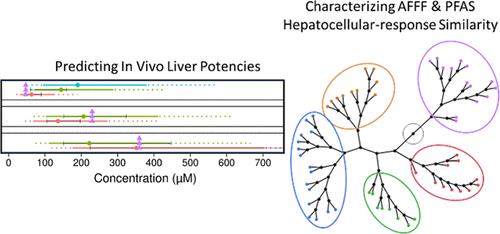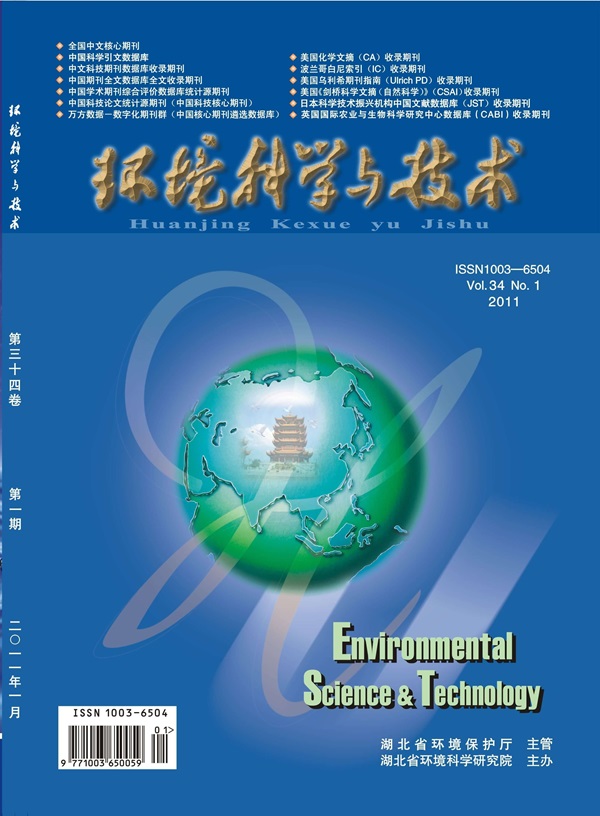Unraveling Human Hepatocellular Responses to PFAS and Aqueous Film-Forming Foams (AFFFs) for Molecular Hazard Prioritization and In Vivo Translation
IF 10.8
1区 环境科学与生态学
Q1 ENGINEERING, ENVIRONMENTAL
引用次数: 0
Abstract
Aqueous film-forming foams (AFFFs) are complex product mixtures that often contain per- and polyfluorinated alkyl substances (PFAS) to enhance fire suppression and protect firefighters. However, PFAS have been associated with a range of adverse health effects (e.g., liver and thyroid disease and cancer), and innovative approach methods to better understand their toxicity potential and identify safer alternatives are needed. In this study, we investigated a set of 30 substances (e.g., AFFF, PFAS, and clinical drugs) using differentiated cultures of human hepatocytes (HepaRG, 2D), high-throughput transcriptomics, deep learning of cell morphology images, and liver enzyme leakage assays with benchmark dose analysis to (1) predict the potency ranges for human liver injury, (2) delineate gene- and pathway-level transcriptomic points-of-departure for molecular hazard characterization and prioritization, (3) characterize human hepatocellular response similarities to inform regulatory read-across efforts, and (4) introduce an innovative approach to translate mechanistic hepatocellular response data to predict the potency ranges for PFAS-induced hepatomegaly in vivo. Collectively, these data fill important mechanistic knowledge gaps with PFAS/AFFF and represent a scalable platform to address the thousands of PFAS in commerce for greener chemistries and next-generation risk assessments.

求助全文
约1分钟内获得全文
求助全文
来源期刊

环境科学与技术
环境科学-工程:环境
CiteScore
17.50
自引率
9.60%
发文量
12359
审稿时长
2.8 months
期刊介绍:
Environmental Science & Technology (ES&T) is a co-sponsored academic and technical magazine by the Hubei Provincial Environmental Protection Bureau and the Hubei Provincial Academy of Environmental Sciences.
Environmental Science & Technology (ES&T) holds the status of Chinese core journals, scientific papers source journals of China, Chinese Science Citation Database source journals, and Chinese Academic Journal Comprehensive Evaluation Database source journals. This publication focuses on the academic field of environmental protection, featuring articles related to environmental protection and technical advancements.
 求助内容:
求助内容: 应助结果提醒方式:
应助结果提醒方式:


